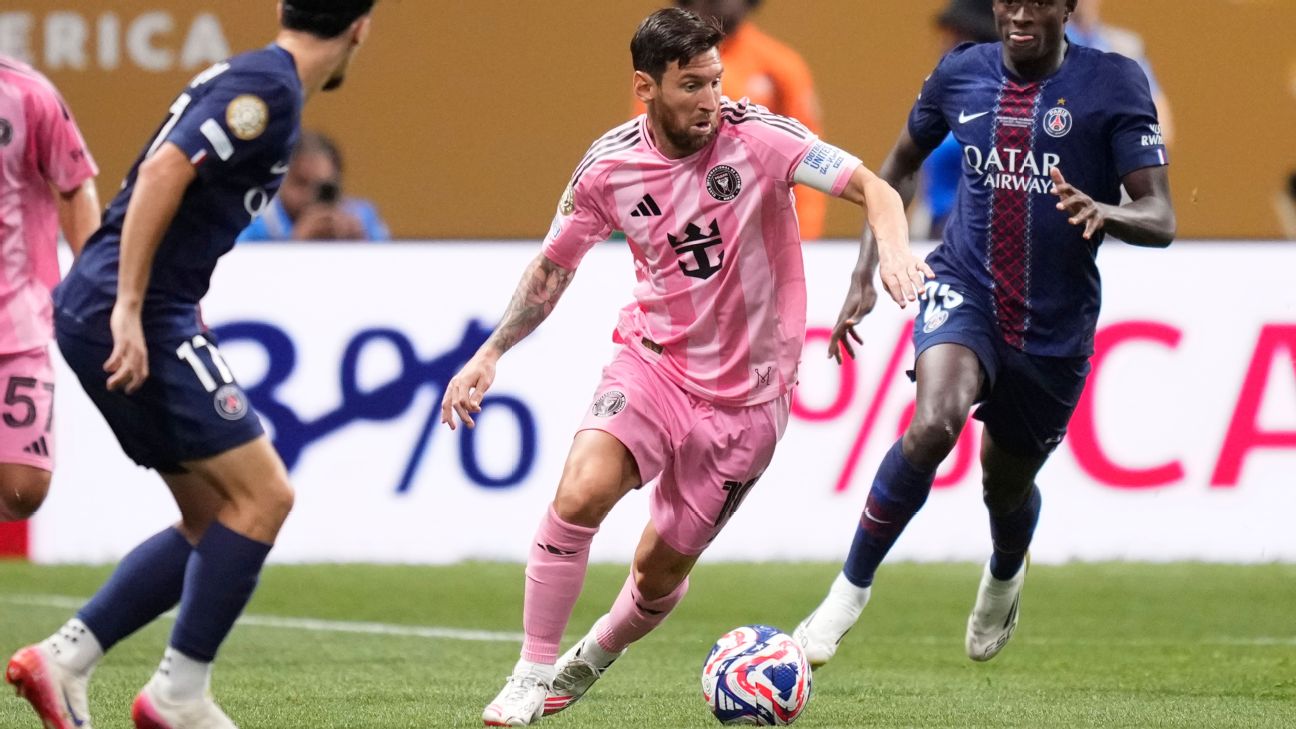Decoding Soccer Contracts: Salaries, Add-ons, Transfer Fees, and Release Clauses Explained
Explore the intricate details of soccer contracts, including salaries, add-ons, transfer fees, and release clauses, to understand the business behind the beautiful game.

Introduction
Football contracts are complex documents filled with legal jargon and intricate details. As the transfer window heats up, understanding these contracts becomes crucial for fans and professionals alike. This guide breaks down the key components of soccer contracts, from salaries to add-ons and beyond.
Salaries and Payment Structures
Elite footballers are among the highest-paid athletes globally, and their salaries reflect this status. While UK media often report wages weekly, most players receive their pay monthly. This structure can vary based on club and player agreements. In Italy, for example, salaries are typically reported as yearly net figures, contrasting with the gross figures common in the Premier League.
Add-ons and Bonuses
Add-ons in football contracts refer to payments beyond the basic salary. These can include performance bonuses, signing-on fees, and loyalty bonuses. Performance bonuses might reward achievements like starting appearances, goals, or clean sheets. Clubs may also offer collective bonuses for team successes, such as winning the league or qualifying for European competitions.
Transfer Fees and Amortization
Transfer fees are a significant aspect of football contracts. Clubs often amortize these fees over the contract's duration to manage financial fair play (FFP) regulations. For instance, a €100 million signing on a five-year contract would appear as €20 million annually in the club's accounts. This practice helps clubs spread the financial impact of high-value transfers.
Release Clauses
Release clauses allow players to control their future by setting a fee that must be met for a transfer to occur. These clauses are common in Spain's LaLiga, where every player has one. They can include specific activation dates and payment terms. For example, Liverpool activated Dominik Szoboszlai's €70 million release clause in 2023 to secure his transfer from RB Leipzig.
Unusual Clauses
Football contracts can also include unique clauses tailored to specific needs. For instance, former Arsenal midfielder Stefan Schwarz had a clause preventing space travel, while Dennis Bergkamp's contract exempted him from flying due to his fear of it. These clauses highlight the creativity and specificity that can be involved in contract negotiations.
The Role of Agents
Agents play a pivotal role in football transfers, from initial negotiations to finalizing deals. They act as intermediaries between clubs and players, ensuring that their clients' interests are represented. Agents are often compensated with a percentage of the player's salary or transfer fee, with FIFA recently capping these fees at 3%.
Conclusion
Understanding soccer contracts requires navigating a maze of legal and financial details. From salaries and add-ons to transfer fees and release clauses, each element plays a crucial role in shaping the careers of footballers and the strategies of clubs. As the transfer window progresses, staying informed about these aspects can provide deeper insights into the business of football.































